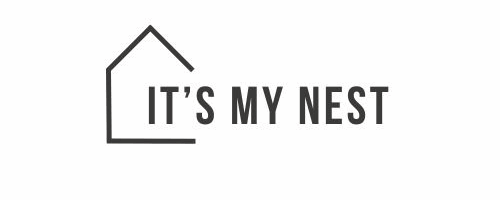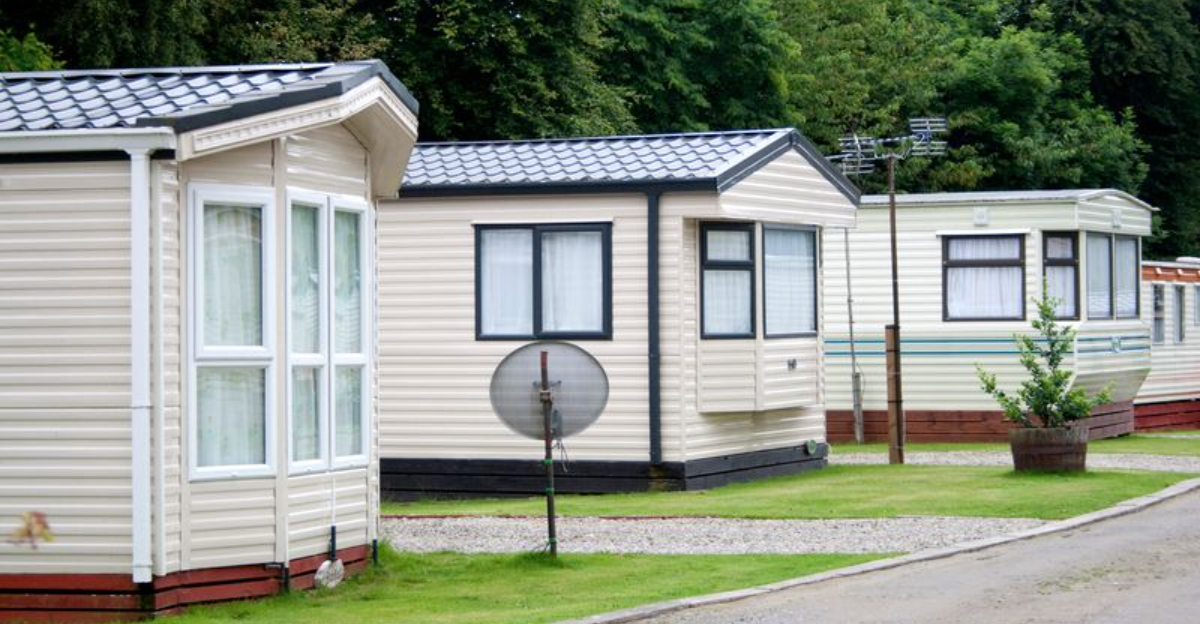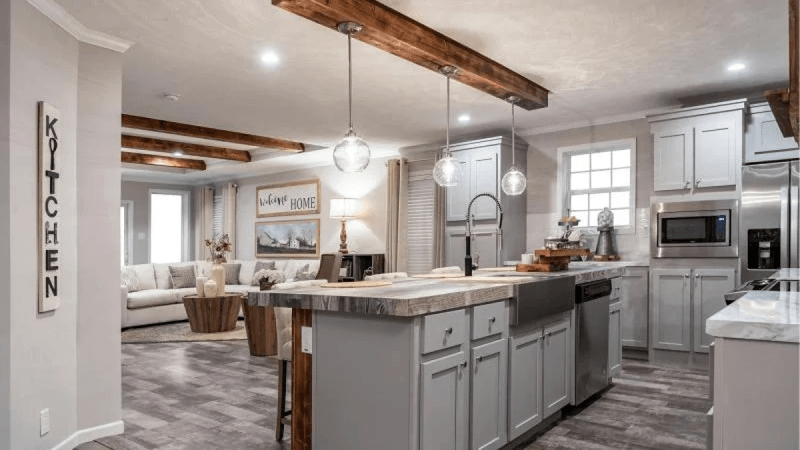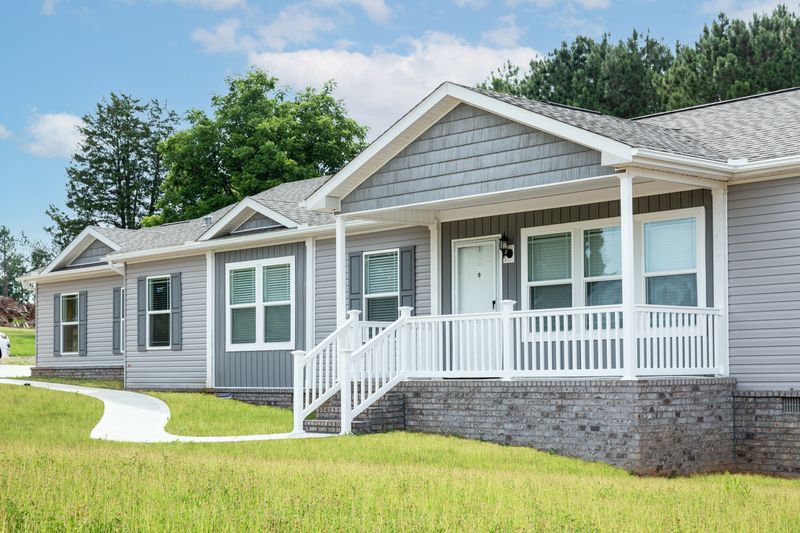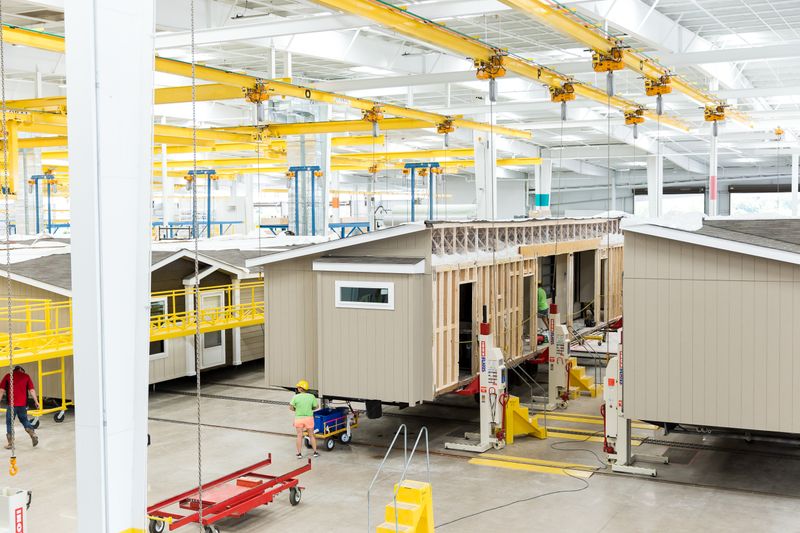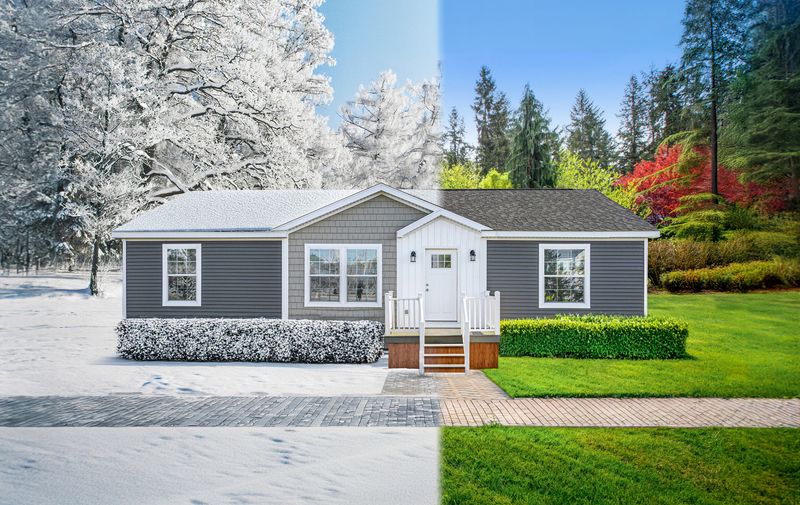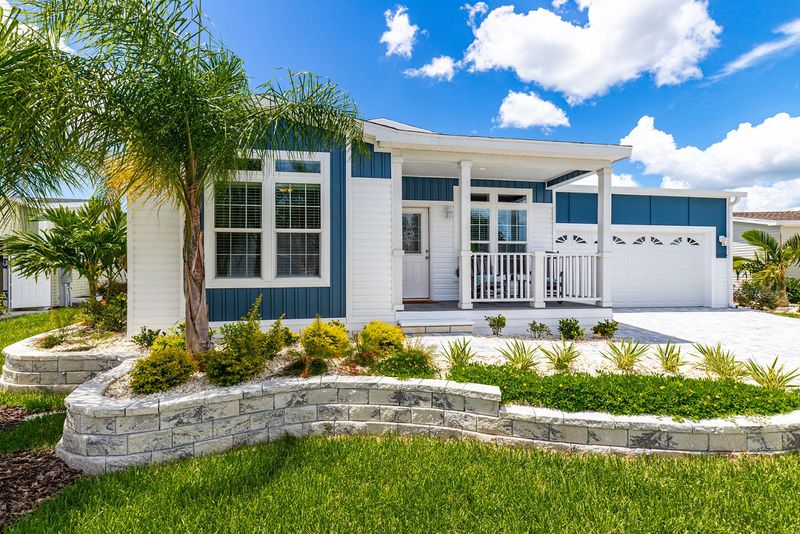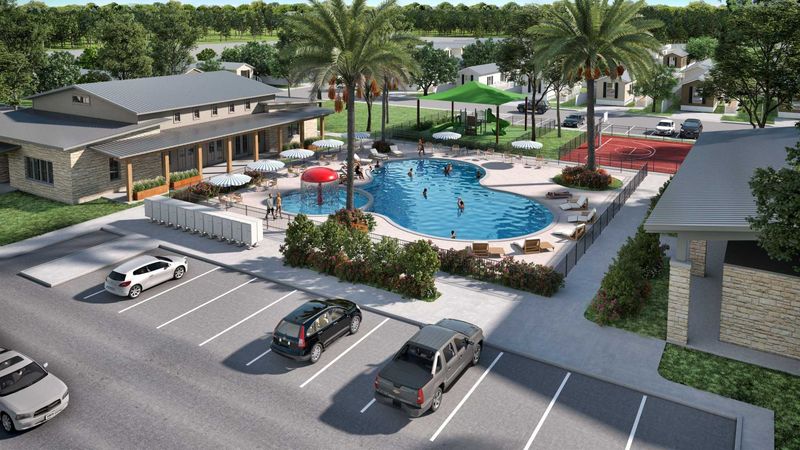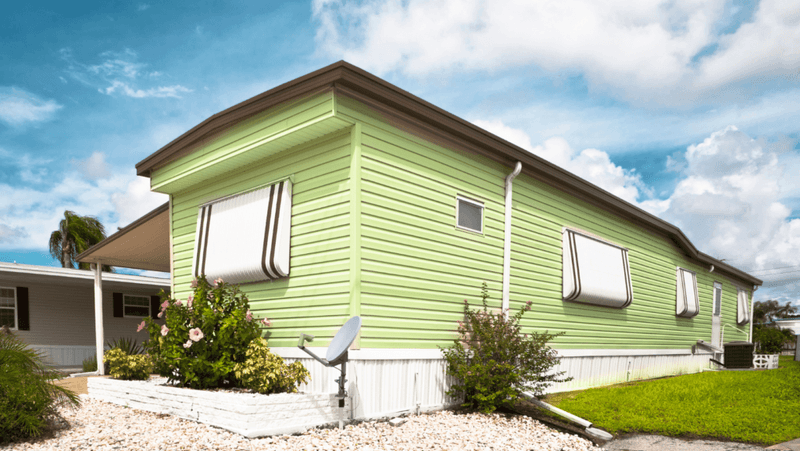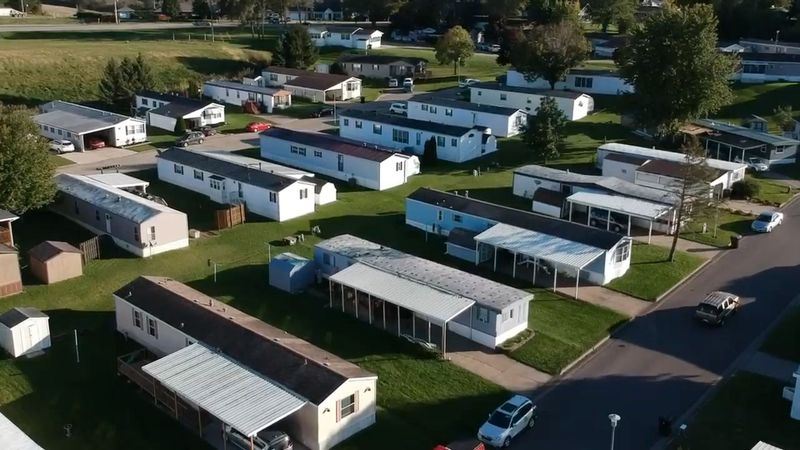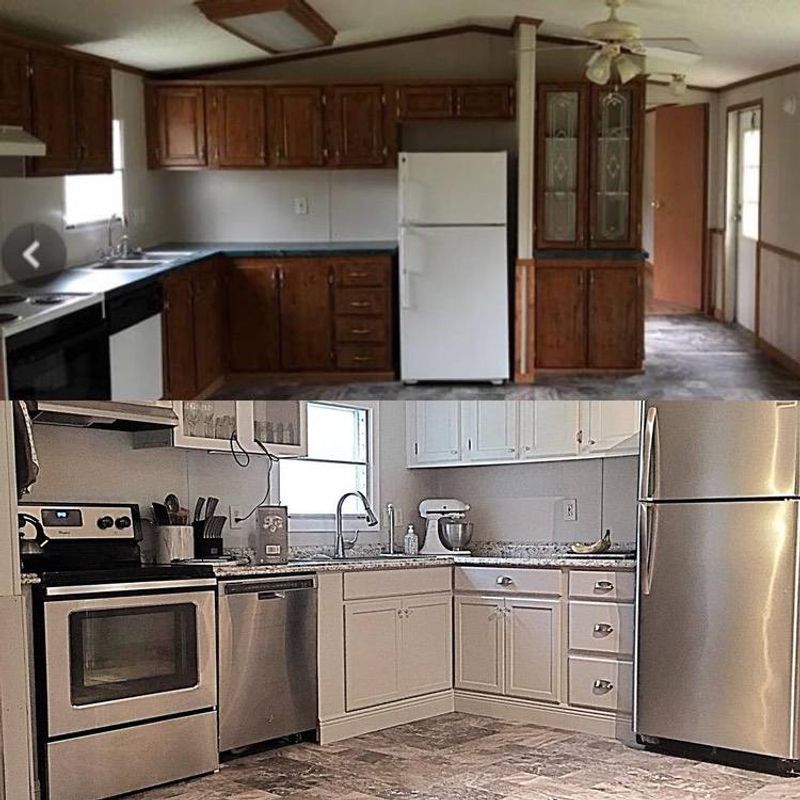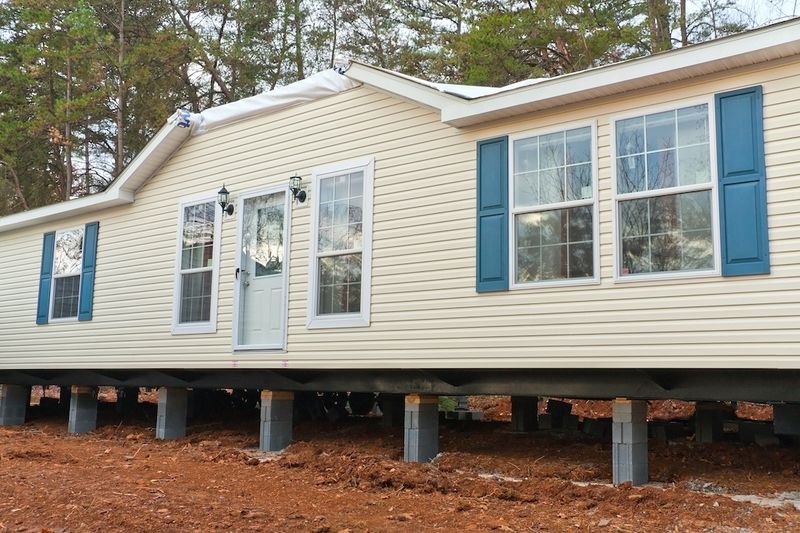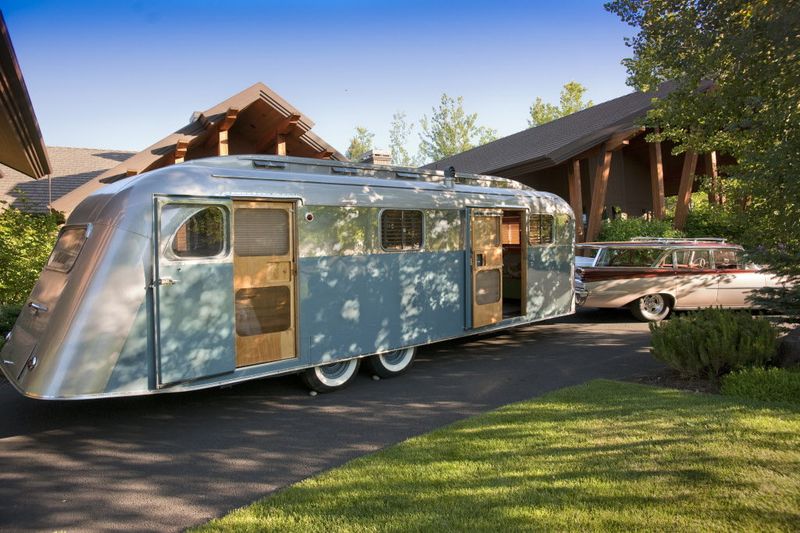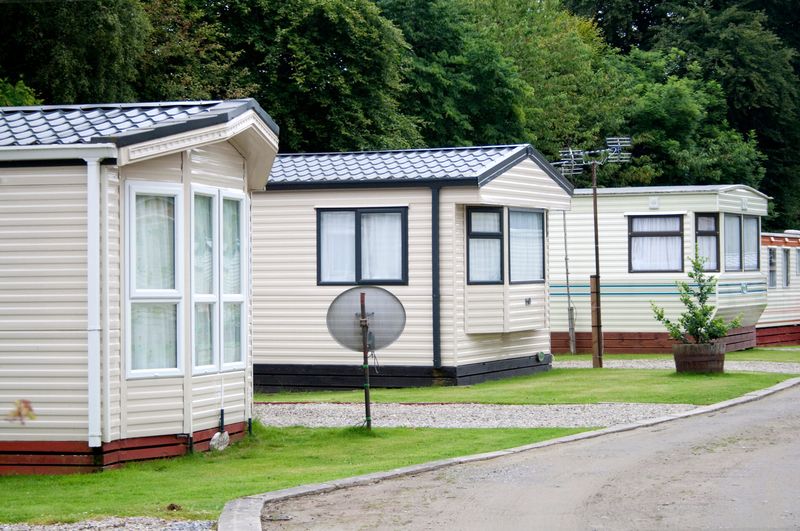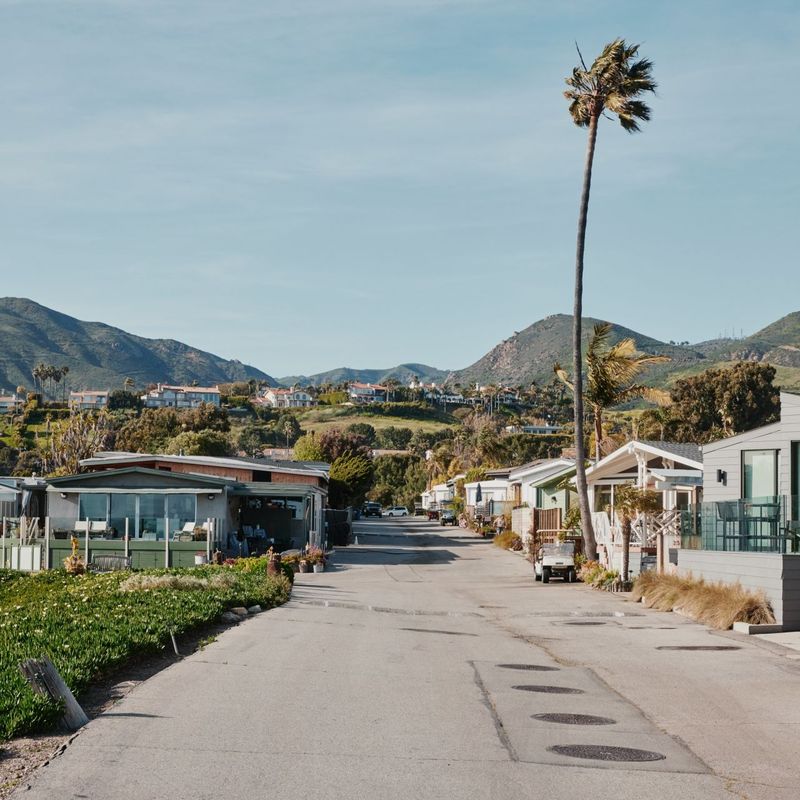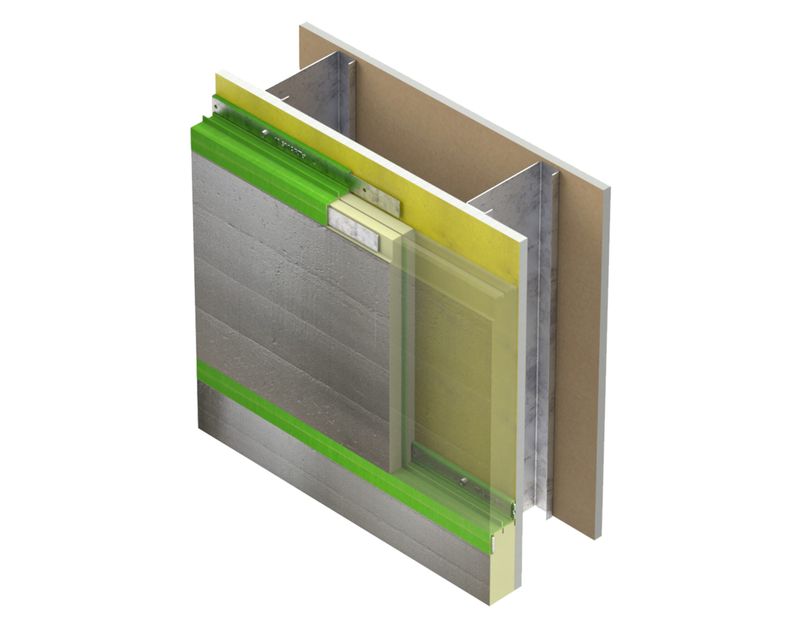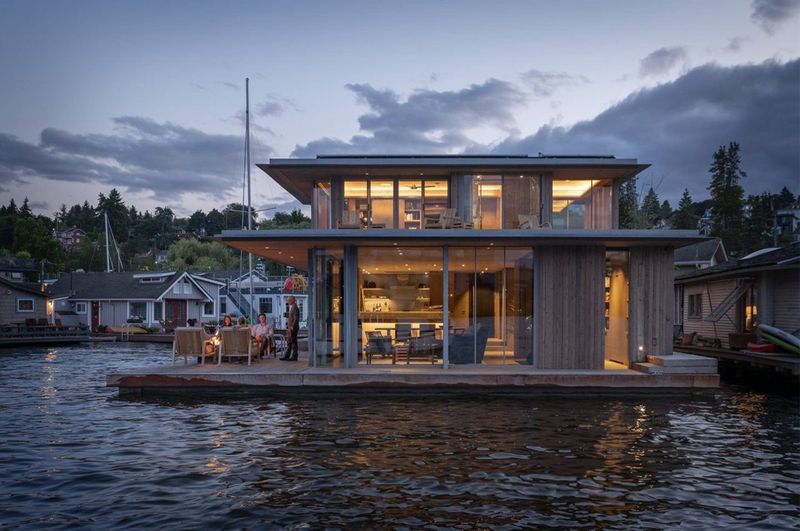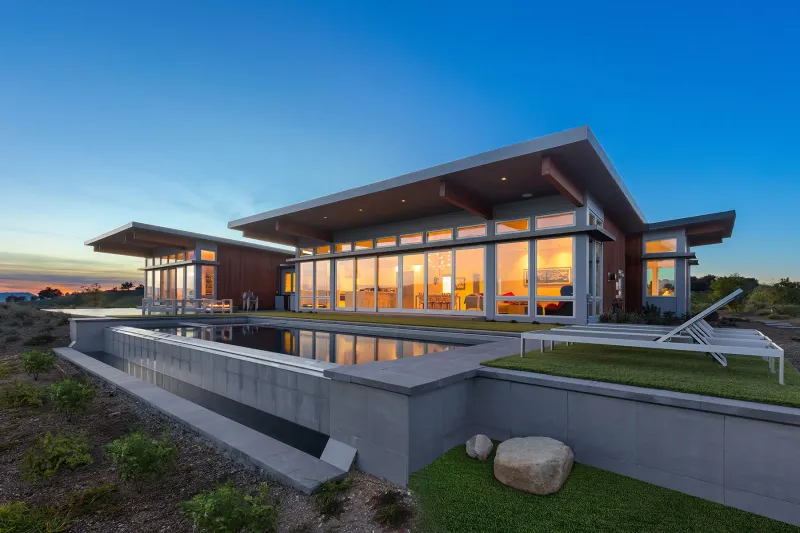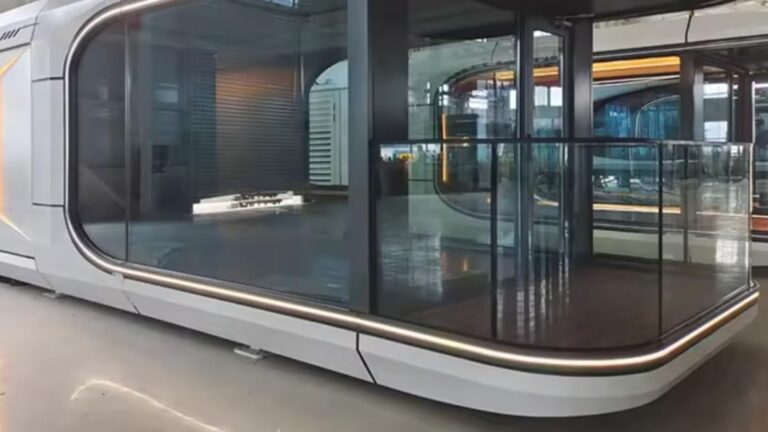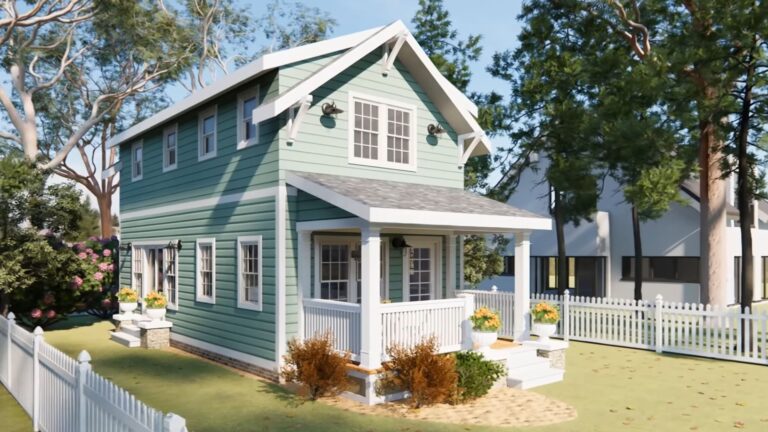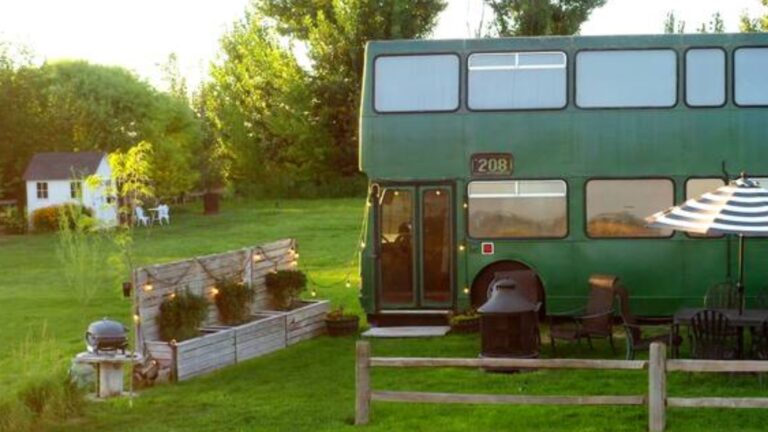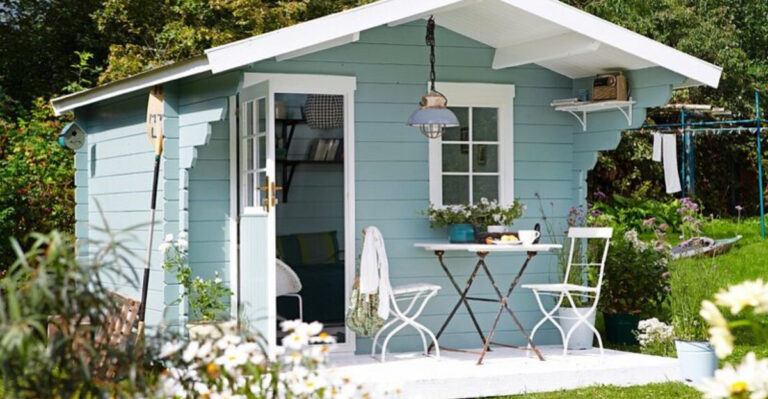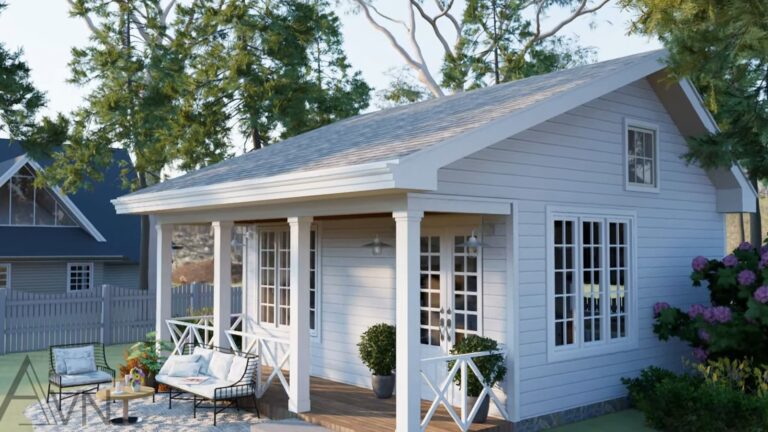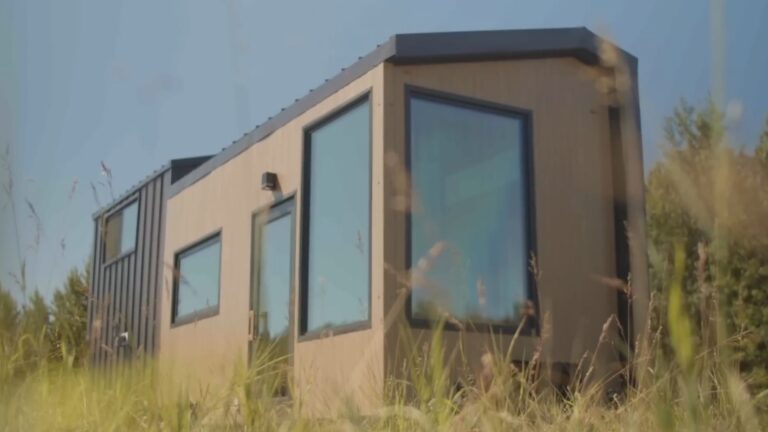9 Things People Get Wrong About Mobile Homes And 7 That Hit The Mark
Mobile homes have long been wrapped in stereotypes – too flimsy, too outdated, too temporary. But most of those ideas don’t hold up.
While some assumptions still ring true, many are wildly off base and miss the mark entirely. The reality of manufactured homes today is far more complex – and often more impressive – than people give them credit for.
I’m breaking down 9 common misconceptions that deserve to be retired, plus 7 truths that reveal what mobile home living is really all about. It’s time to separate fact from fiction, once and for all.
1. They’re Just Glorified Trailers
Modern manufactured homes bear little resemblance to the mobile trailers of yesteryear. Built according to the federal HUD code established in 1976, today’s manufactured homes feature quality materials, modern designs, and sturdy construction techniques.
Many include amenities like spacious kitchens, walk-in closets, and energy-efficient appliances that rival site-built homes.
2. They Depreciate Quickly
While cars lose value driving off the lot, manufactured homes don’t automatically follow this pattern. When properly maintained and placed on owned land, manufactured homes can appreciate in value similar to traditional homes.
Factors affecting appreciation include location, local housing market conditions, home maintenance, and land ownership. Many newer models with quality features and permanent foundations show positive appreciation over time.
3. They’re Cheaply Made
Ever walked into a modern manufactured home? You’d be amazed at the quality! Today’s manufactured homes are built with the same materials as site-built homes—wood, drywall, shingles, and quality fixtures.
The controlled factory environment actually allows for more precise construction with less material waste. Many manufacturers offer customization options including granite countertops, hardwood floors, and energy-efficient windows.
4. Mobile Homes Are Energy Hogs
Gone are the days of drafty, inefficient mobile homes that cost a fortune to heat and cool. Modern manufactured homes must meet strict energy efficiency standards set by HUD.
Many feature Energy Star appliances, efficient HVAC systems, proper insulation, and tight building envelopes. Some manufacturers even offer eco-friendly options like solar panels, tankless water heaters, and LED lighting throughout.
5. They All Look The Same
Walking through a modern manufactured home community might surprise you with the variety of designs on display. Today’s manufacturers offer countless floor plans, exterior styles, and customization options.
From cozy single-sections to spacious multi-section homes exceeding 2,500 square feet, the possibilities are extensive. Buyers can choose from craftsman, ranch, contemporary, or cottage styles with various rooflines, siding options, and architectural details.
6. Only Poor People Live In Them
Income diversity among manufactured homeowners might surprise those clinging to outdated stereotypes. While manufactured homes provide affordable options for many first-time buyers, they’re increasingly chosen by retirees, young professionals, and middle-income families.
In desirable locations, particularly in the West and Southwest, upscale manufactured home communities attract residents with substantial incomes looking for maintenance-free living.
7. They’re Impossible To Insure
Finding insurance for your manufactured home is actually straightforward in today’s market. Major insurance companies offer specialized policies for manufactured homes.
Coverage typically includes protection for the structure, personal belongings, liability, and additional living expenses. While rates may differ from site-built homes, competitive options exist especially for newer models with safety features.
8. Parks Can Evict You Anytime
Residents in manufactured home communities have significant legal protections against arbitrary eviction. State laws typically require proper notice periods, valid reasons for eviction, and formal legal procedures.
Many communities offer long-term leases providing stability and predictable rent increases. Resident-owned communities are growing in popularity, where homeowners collectively purchase the land, eliminating concerns about park ownership changes or unexpected rule modifications.
9. You Can’t Customize Or Remodel Them
DIY enthusiasts and home improvement fans will find manufactured homes quite accommodating for personalization projects. Interior modifications like removing non-load-bearing walls, updating fixtures, and installing new flooring are generally straightforward.
Exterior enhancements such as adding porches, decks, garages, or even second stories are possible with proper permits. Many homeowners successfully transform their manufactured homes with stylish updates that reflect their personal taste.
1. Tornado Magnets? The Science Says Otherwise
Contrary to popular belief, manufactured homes aren’t tornado magnets. Modern manufactured homes follow strict wind resistance standards. HUD-code homes built after 1994 can withstand winds of 110-130 mph in hurricane zones, making them as sturdy as many site-built homes during storms.
The real issue isn’t that they attract tornadoes but rather that older models weren’t anchored properly. Today’s proper installation includes robust foundation systems that significantly increase storm survivability.
2. Secret Underground Communities Exist
Few people realize there are exclusive underground networks of manufactured home enthusiasts. These communities share renovation tips, interior design hacks, and even parts for vintage mobile homes.
Some collectors specifically seek out iconic models like the 1950s Spartan Manor or the Airstream-inspired homes of the mid-century. These vintage treasures command surprising prices when restored, sometimes fetching over $100,000 at specialty auctions.
3. Manufactured Homes Can Outlast Traditional Houses
With proper maintenance, manufactured homes can survive decades longer than you might expect. The oldest documented manufactured home still in use dates back to 1935 – that’s over 85 years of continuous habitation!
Modern manufacturing techniques create homes designed to last 30-55 years without major structural issues. Some key factors in their longevity include controlled factory environments that prevent materials from exposure to weather during construction.
4. Famous People Choose Manufactured Living
Matthew McConaughey lived in his Airstream trailer by choice for years, even after becoming a Hollywood star. He’s not alone – several celebrities maintain manufactured homes as vacation properties or guest houses.
Pamela Anderson grew up in a manufactured home community in Canada before fame. She later returned to her roots by living in a Paradise Cove mobile home park in Malibu, where homes sell for millions despite technically being manufactured housing.
5. Space-Age Technology Hidden in the Walls
NASA technology has quietly revolutionized manufactured housing. Reflective insulation materials developed for spacecraft are now commonly used in manufactured home construction, dramatically improving energy efficiency.
Smart home systems were integrated into manufactured homes before becoming mainstream in site-built housing. As testing grounds for innovative technologies, these homes pioneered features like automated climate control and energy monitoring systems.
6. Floating Manufactured Communities Exist
Floating manufactured home communities exist throughout the world, offering unique waterfront living. In places like Seattle’s Lake Union and Portland’s Columbia River, entire neighborhoods of manufactured homes sit permanently on floating foundations.
These aquatic communities developed as affordable alternatives to traditional waterfront property. During housing shortages following World War II, workers discovered that placing manufactured homes on floating platforms created instant affordable housing with million-dollar views.
7. They’re Becoming Architectural Award Winners
Manufactured homes are breaking into prestigious architectural competitions. In 2019, a manufactured home design won an American Institute of Architects Innovation Award for its sustainable construction and elegant aesthetic.
Architecture schools now include manufactured housing in their curricula, recognizing its importance in addressing housing shortages. Students learn to design modular spaces that combine beauty, efficiency and affordability – skills increasingly valued in today’s housing market.
